Are the Montessori Sensorial materials familiar to you? In this blog post, I’m going to be introducing the Binomial Cube, a phenomenal Montessori Sensorial tool as well as an introduction to Algebra.
There are eight ways they appeal to the senses: gustatory (mouth), tactile (touch), stereognostic (muscle memory), baric (weight and pressure), olfactory (nose), auditory (ears), visual (eyes), and thermogenic (temperature). After you read this article, come back to see which category the Binomial Cube falls under. The answer is at the end! Read on!
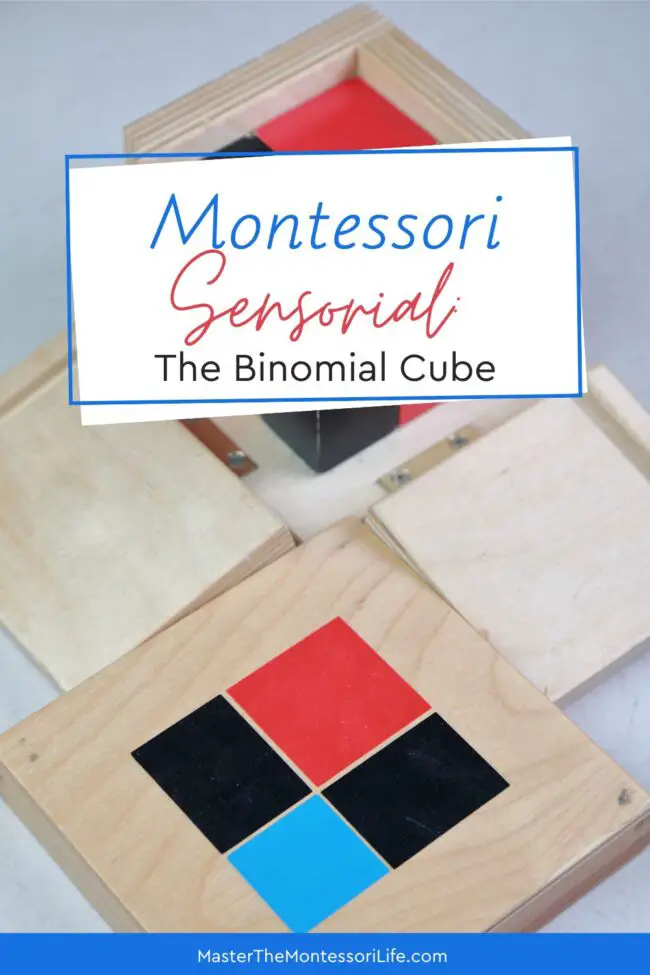
The Binomial Cube
One red cube, three red and black prisms, three blue and black prisms, and one blue cube make up the eight parts of the Binomial Cube. The Binomial Cube is constructed in two stages.
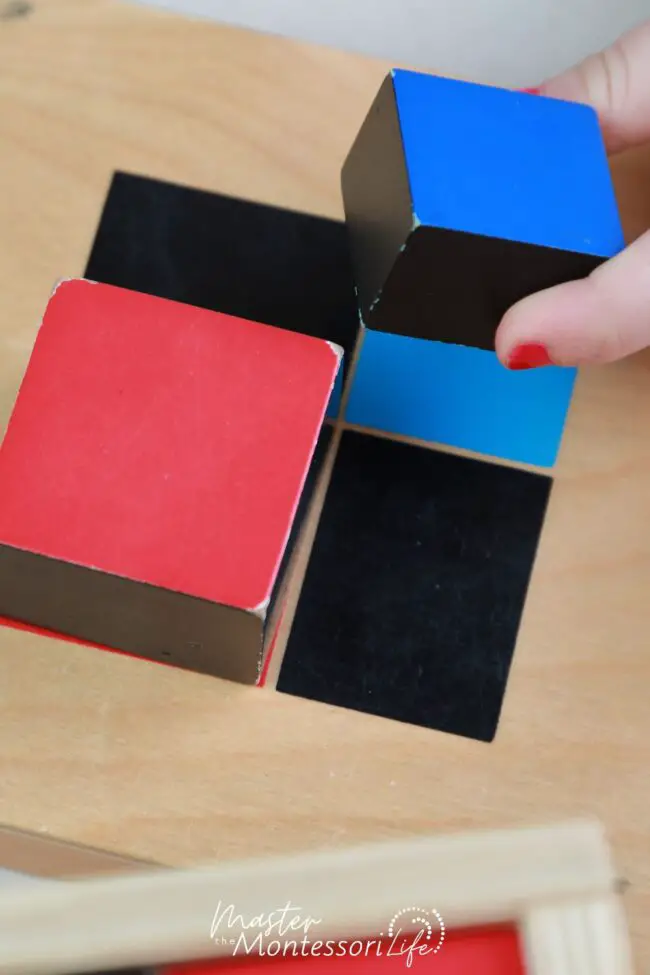
Presentation (Part 1)
1. The child gets the binomial cube from the shelf and places it in front of him/her on a table or on a mat (on the floor).
2. Slowly, take the binomial cube apart, piece by piece. Set them on two columns. One column has all the prisms with red and red cube. The second column has all the prisms with blue as well as the blue cube.
3. Set up the binomial cube lid by the prisms and cubes. The cube building will take place on the lid, one layer at a time. One tip to remember is: “red touches red,” “blue touches blue,” “black touches black.”
4. Start with the red cube for the first layer. On the red square, place it. There are black rectangles on either side of the red square.
MONTESSORI OUTLET Binomial Cube Binomial Cube Guide: When, why and how to present Montessori Material (Sensorial
Binomial Cube Guide: When, why and how to present Montessori Material (Sensorial Adena Montessori Trinomial Cube
Adena Montessori Trinomial Cube
5. Take a red and black prism. Rotate it sideways so the black side rests on the black lid rectangle and the red side touches the red cube. Place the other red and black prism on the red cube’s second open side in the same manner.
6. The area with blue on the lid and black on either side is the only one that is left open. Place a single blue and black prism vertically there.
7. The first layer is done! Take it and slowly place the first layer in the box.
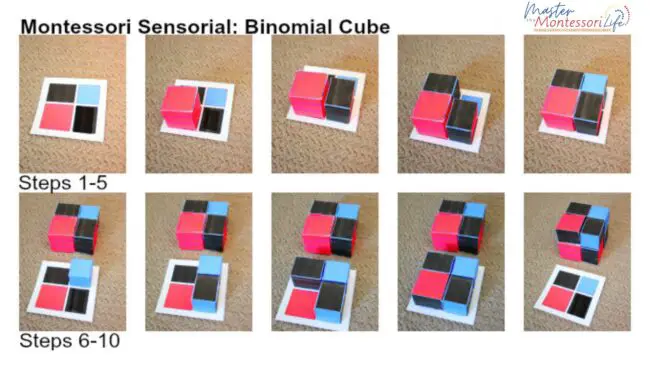
Buy the Printable Binomial Cube
To find out how to assemble the second layer and finish up with the presentation, get the wonderful printable below! The lesson plan is included!
Focus
Direct objective: To effectively build the binomial cube.
Indirect objective: An introduction to algebra.
Ages: It is recommended to start at 3 years of age, but I started a few months early with both of my children. I did find that the binomial cube interest has peaked at 3 and 5 years of age.
Printable Binomial Cube
Configuration:
1. Print page 1 once and page 2 three times in color on white cardstock.
Verify that you have printed the lid, three red and black prisms, three blue and black prisms, and one red and blue cube.
2. Cut the six prisms, the lid, and the two cubes.
3. Attach the cubes together with sticky glue. White glue and glue sticks are not something I advise.
4. Enjoy building the binomial cube by following the presentation instructions (above).
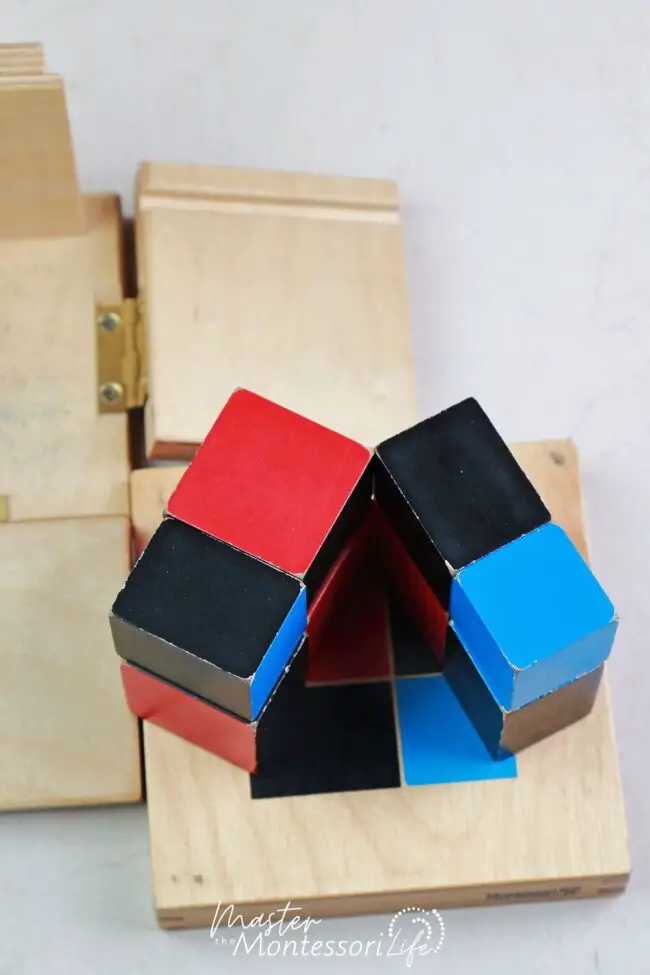
Answer to the category question from the first paragraph:
Did you guess which Sensorial category the Binomial cube falls under? Did you guess visual? Did you guess tactile? Well, it’s both, actually! That’s what I love about the Montessori method! There is always more than one use and application to every work.
Algebra Connection
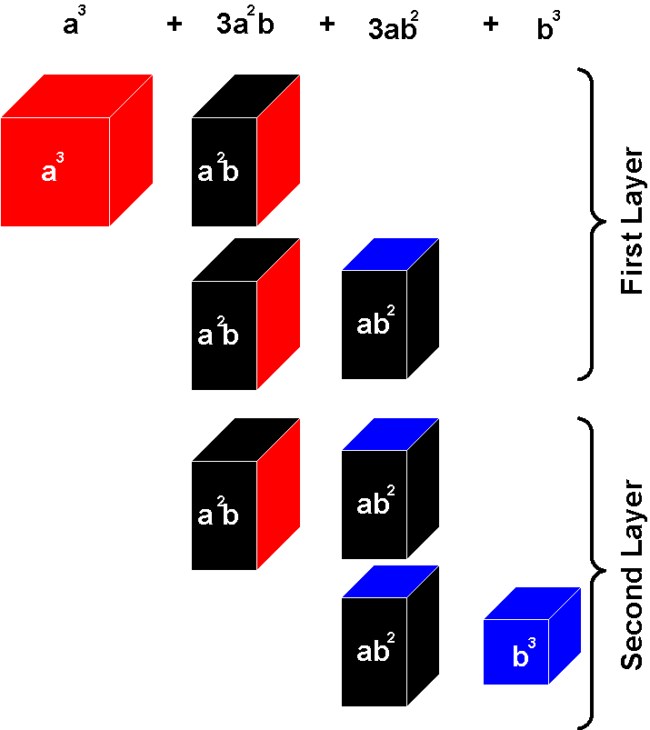
You might also enjoy these relevant topics:
- Tips to incorporate Fall into your Montessori environment
 Come and find out how you can highlight and celebrate Fall in your Montessori environment without stressing out about it.
Come and find out how you can highlight and celebrate Fall in your Montessori environment without stressing out about it. - Hands-On Fun: 3 Montessori Practical Life Activities for Fall
 These simple Montessori Practical Life activities for Fall are easy to do anytime you have the materials ready.
These simple Montessori Practical Life activities for Fall are easy to do anytime you have the materials ready. - Embracing Autumn: A Montessori Guide to Fall Fun
 Spread the loveThe arrival of autumn brings a special kind of magic. The air turns crisp and leaves paint the…
Spread the loveThe arrival of autumn brings a special kind of magic. The air turns crisp and leaves paint the… - Montessori Toddler Essentials
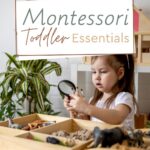 The Montessori method offers a pathway with a series of Montessori toddler essentials that you will find helpful.
The Montessori method offers a pathway with a series of Montessori toddler essentials that you will find helpful. - Motor Skills for Hands the Montessori Way
 The Montessori Method puts a special focus on developing motor skills for hands, recognizing how essential they are for independence, confidence, and curiosity.
The Montessori Method puts a special focus on developing motor skills for hands, recognizing how essential they are for independence, confidence, and curiosity. - Simplify Toy Rotation with Montessori Checklist
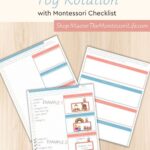 Make Toy Rotation Simple and Fun with the Montessori Toy Rotation Checklist Labels and Chart. Organizing your child’s play area shouldn’t be stressful! That’s why the Montessori Toy Rotation Checklist, Labels & Chart is every parent’s new best friend when it comes to keeping toys fresh and shelves inviting.
Make Toy Rotation Simple and Fun with the Montessori Toy Rotation Checklist Labels and Chart. Organizing your child’s play area shouldn’t be stressful! That’s why the Montessori Toy Rotation Checklist, Labels & Chart is every parent’s new best friend when it comes to keeping toys fresh and shelves inviting.

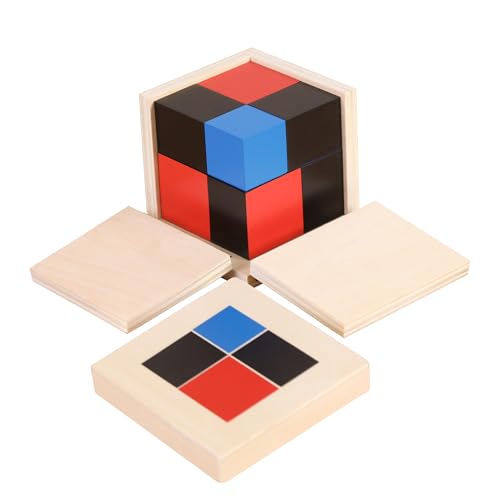



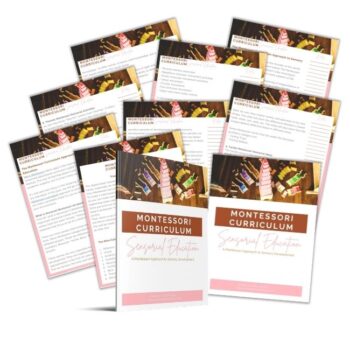
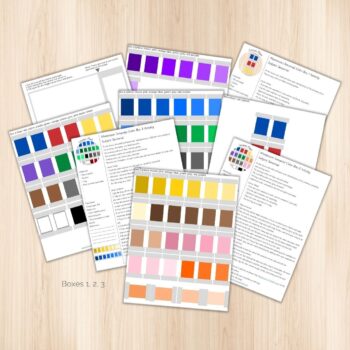
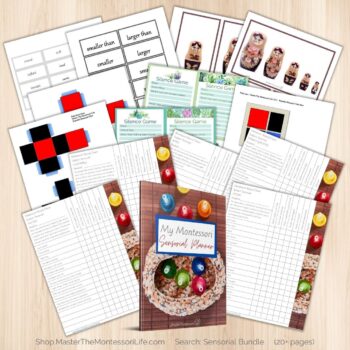
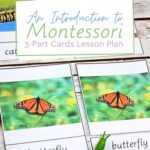

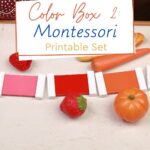
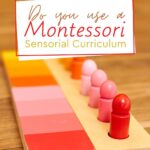
Leave a Reply